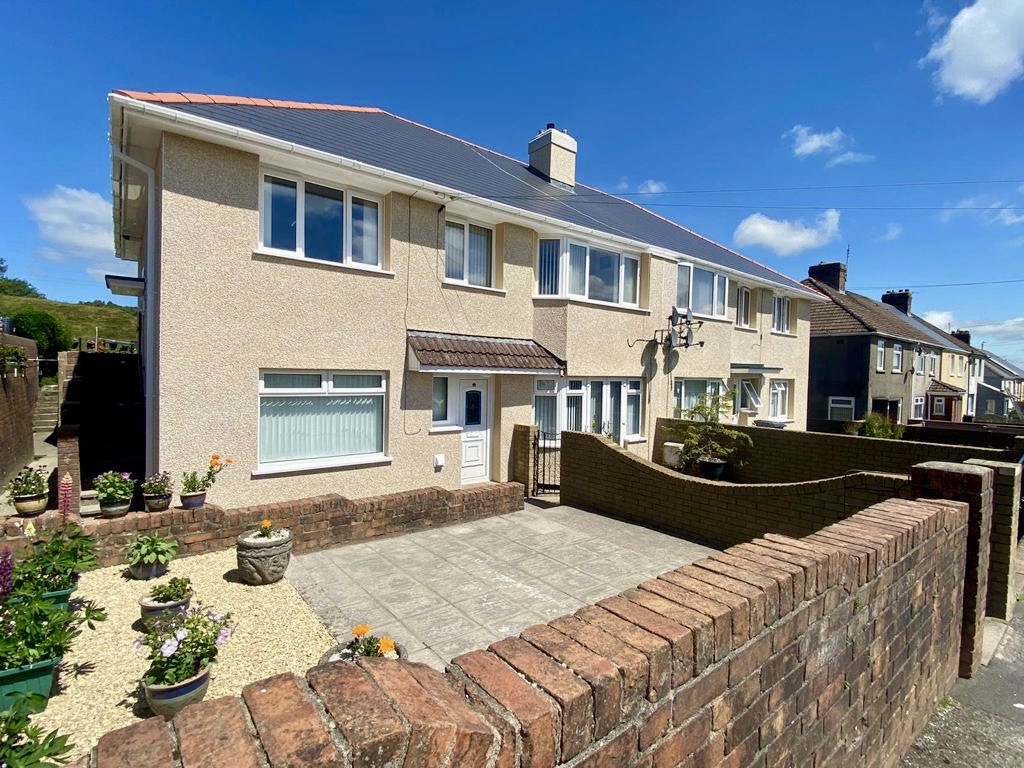Failing to heat your home adequately can pose serious health risks for you and your family, particularly during the colder months.
Living in a cold environment increases the likelihood of respiratory issues like asthma, worsens conditions such as arthritis and depression, and raises the risk of heart problems. In fact, the NHS estimates that it spends around £1.4 billion annually treating illnesses directly linked to cold living conditions. Additionally, not heating your home sufficiently can lead to the buildup of condensation, which causes damp and mould to form, even in homes that are well-maintained and free from defects.
To avoid these problems, it’s important to start heating your home once the average outdoor temperature drops below 15°C. The World Health Organization (WHO) recommends that the minimum room temperature during colder months should be 18°C for healthy adults, and 21°C for older adults, young children, and those with medical conditions. Keeping your home within these temperature guidelines can help protect your health and improve overall comfort during winter.
Different rooms in your home may require different temperatures depending on their usage. According to OVO Energy and NHS guidelines, living rooms should be kept between 19°C and 22°C, while bathrooms should remain at 22°C for optimal warmth and comfort. Bedrooms and kitchens can be cooler, with a recommended range of 16°C to 20°C, but still warm enough to prevent dampness and condensation.
Unused rooms, such as spare bedrooms, should be heated to at least 14°C to prevent mould from forming, as these colder areas are particularly prone to moisture buildup. Even unused rooms should not be neglected. Spaces such as spare bedrooms or storage areas might not seem important to heat but keeping them at a minimum of 14°C can significantly reduce the chance of condensation forming in these colder zones. Mould and damp tend to develop in unheated or poorly ventilated areas, eventually spreading to other parts of your home, which can cause structural damage and lead to expensive repairs. Ensuring all rooms are adequately heated, even those you don’t use daily, is essential to maintaining a healthy and safe living environment
It’s important to recognise that cold homes can also impact mental well-being. Extended exposure to cold environments has been linked to increased stress, anxiety, and even depression. Living in a constantly cold home can create a feeling of discomfort and unease, leading to heightened stress levels, particularly for those who may already be vulnerable, such as older adults, children, or individuals with pre-existing mental health conditions. By ensuring your home is warm and inviting, you can create a more positive and relaxing atmosphere that contributes to your overall emotional health. A well-heated home can create a sense of security, helping you and your family stay physically and mentally well during the colder months.
Heating your home consistently can be challenging, especially if energy costs are high. If you’re struggling to maintain these recommended temperatures, please reach out to us. We can explore options to improve the energy efficiency of your home and offer advice on alternative ways to stay warm or manage condensation and mould. By addressing these issues proactively, we can help ensure your home remains a healthy and safe environment during the colder months.
How to Heat Your Home Effectively
1. Keep Your Home Warm
- Set a steady temperature rather than turning heating on/off in short bursts.
- Aim for 18–21°C in winter:
- 18°C works for most healthy adults.
- 21°C is best for older people, young children, or anyone unwell.
- Never let rooms fall below 14°C (even spare rooms) to prevent damp and mould.
2. Use Natural Heat from the Sun
- Open curtains or blinds in the morning to let in natural sunlight and warmth.
- Close curtains at night to help trap the heat and reduce heat loss.
3. Monitor and Adjust
- Use a room thermometer to check temperatures.
- Check radiators are free of obstructions (no furniture blocking them).
- Bleed radiators if they feel cooler at the top than the bottom.

